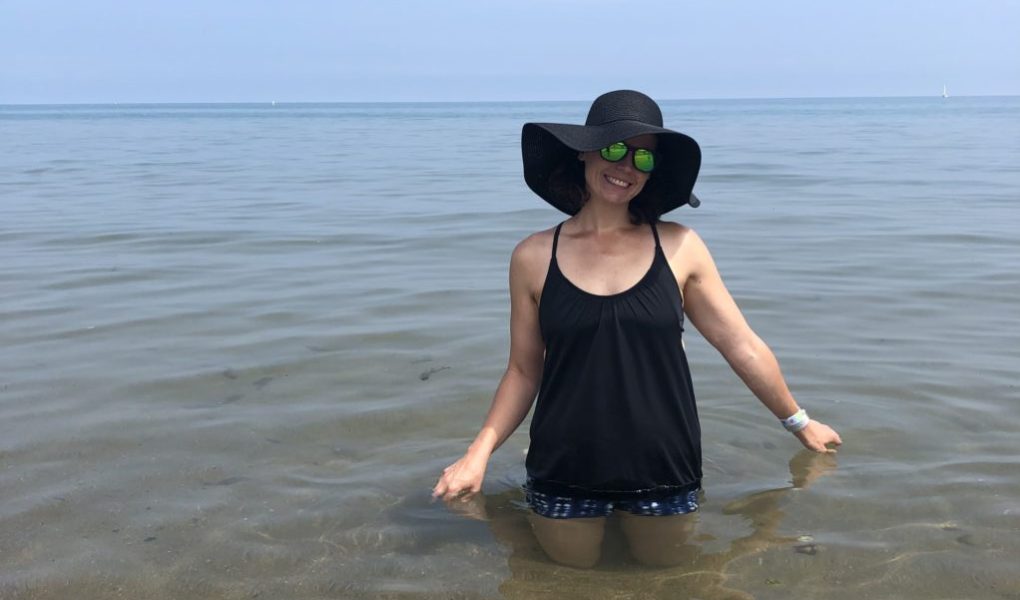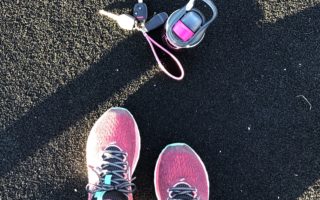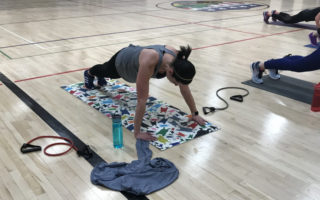What Might Surprise You About the Fitness Journey
The Back Story
I haven’t been skinny, or even average, since the bony, knock-kneed days of childhood. As soon as prepubescence hit, my body changed, filled out, rounded in all the right places and a bunch of the wrong ones too. My friends were 5-7-9, just like the store — and then there was me, cutting the tag out of my strappy blue velvet size 11 Homecoming dress because I was mortified to wear a double-digit size.

My heaviest point, unsurprisingly, was when I was a poor college student drinking too much cheap booze and trapped in an unhealthy relationship. In that period of struggle, I ate my feelings. Cookie binges and late-night fried food were how I coped with the depression and anxiety that covered me like a weighted blanket. I still have the same tendency today — I’ve just learned better coping methods for when I feel the pangs of emotional eating.
My weight continued to seesaw throughout the post-college, working-world years and well into married life and motherhood: I’d lose some, gain it back, slim down a little, put it right back on. My medical charts never failed to remind me that my BMI put me staunchly in the category of Obese. I was sedentary, low energy and still battling the ongoing struggle with anxiety.
I realize now that my weight directly correlated with my mental health. The worse place I was in emotionally, the heavier I was. Through the ups and downs of this time in my life, I never wore smaller than a size 12. I was inarguably plus size. It was my identity.
Here’s my driver’s license: a throwback to those days. I cringe every time I look at it.
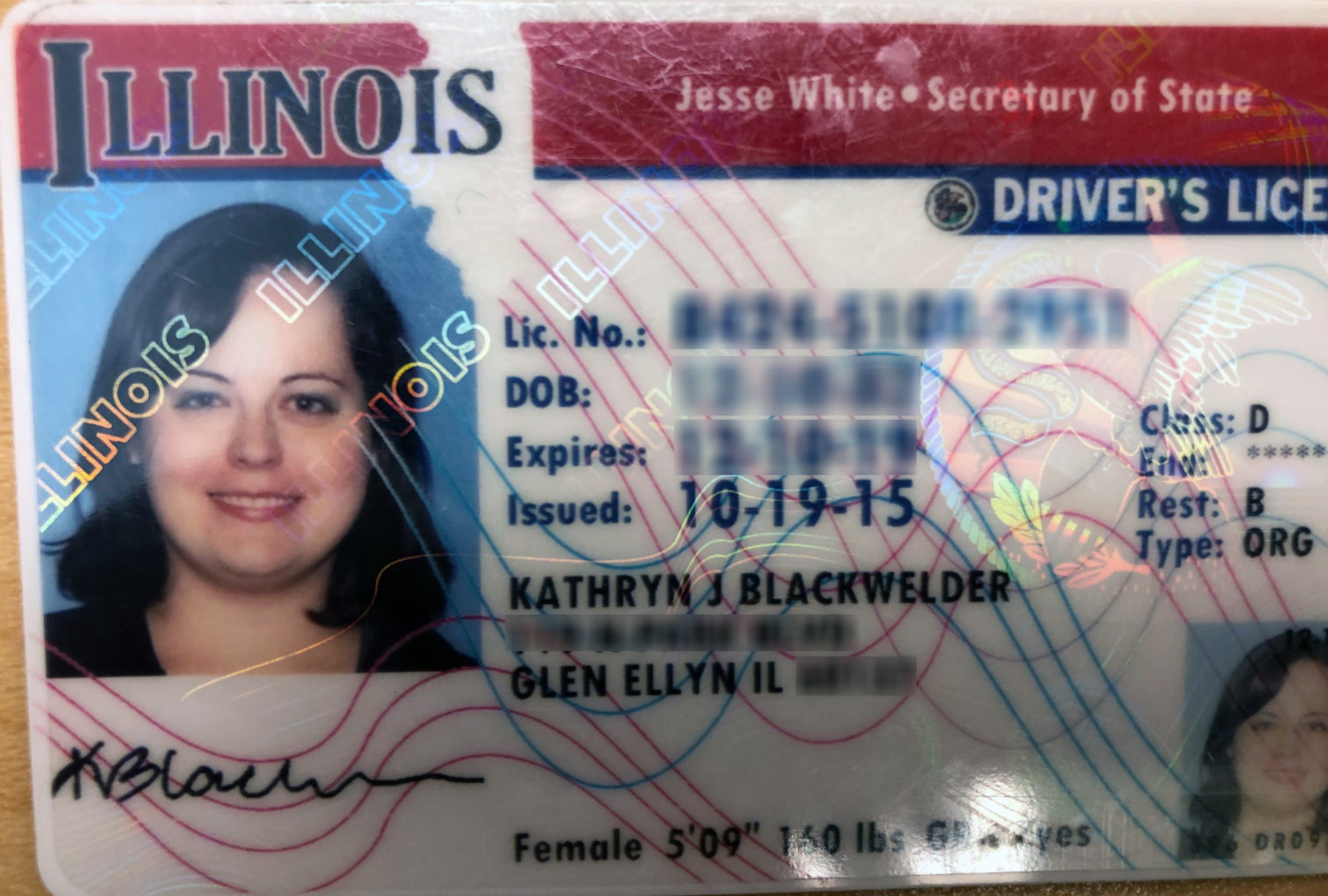
If you haven’t been heavy, here’s what you might not know: Despite taking up more physical space, you feel invisible. I blended in and kept myself small, where I was hidden and safe. If someone did notice me, they’d inevitably remark on my “pretty face.” I heard the unsaid implications of that phrase a thousand times louder than the compliment. You’d be so pretty if only…
The Turning Point
My weight loss journey was gradual and then sudden, all at the same time. I started working out a little, then took a leap and enrolled in an 8-week transformation program. It changed how I eat, how I exercise, how I think about my body, and how I take care of myself. Over the past two years, I’ve lost and kept off more than 40 pounds.
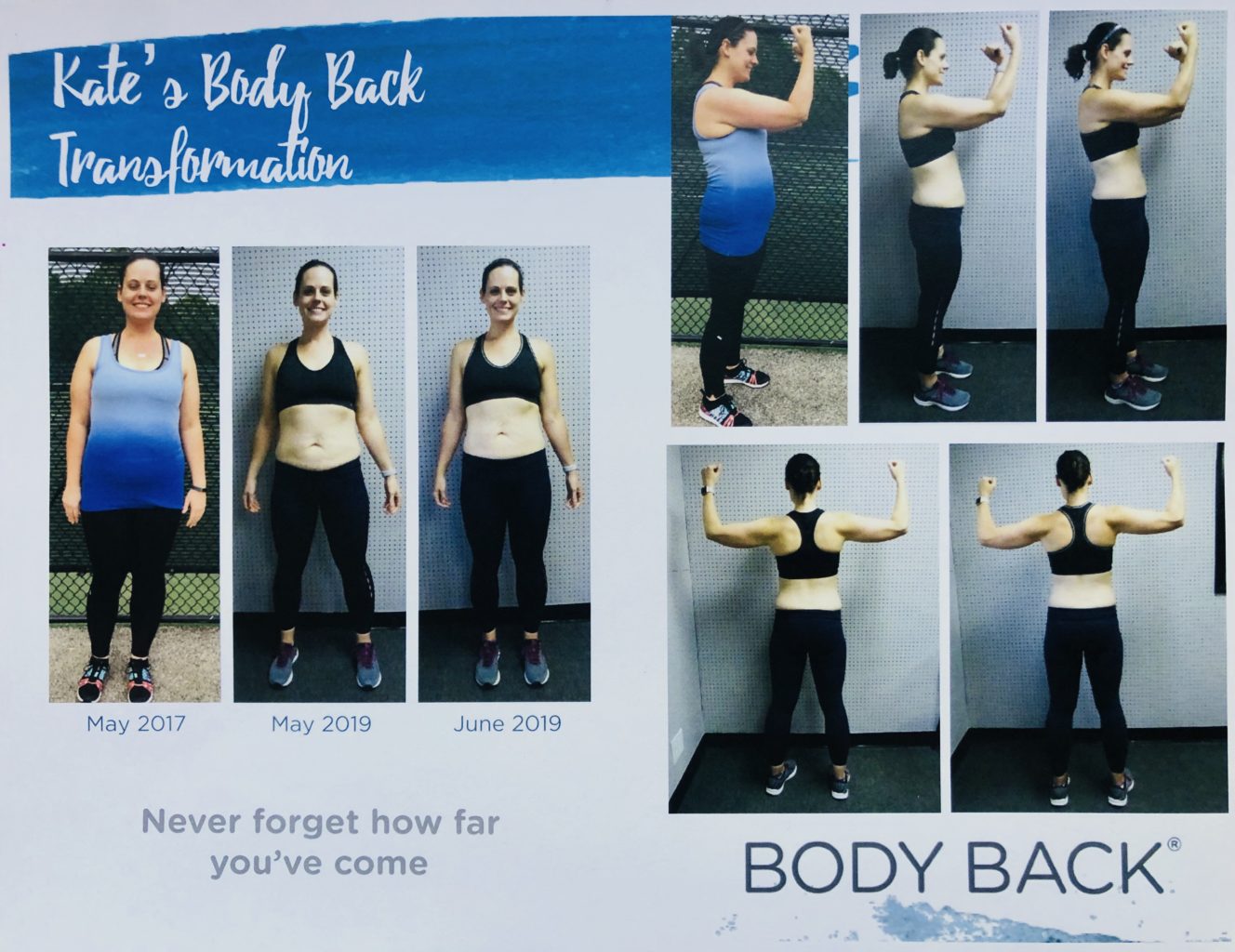
I’m a different person than I was when I started, physically and emotionally. But even with this whole-life transformation, I struggle.
Here’s what I didn’t expect about the fitness journey:
I have to work at this. Every single day. Constantly.
In many ways, weight loss is the easy part. Maintenance is the hard part, especially when you no longer have the intoxicating rush of dramatic results to keep you motivated.
Old habits die hard. Every day, I make conscious choices not to eat the foods that don’t serve me. I want to eat that cupcake or a handful of chips — but nine times out of ten, I say no. Because as soon as I start saying yes, I forget how to say no to anything. And that’s a slippery slope that goes downhill fast. Balance will always be that goal that’s in my grasp yet just … barely … out of reach.
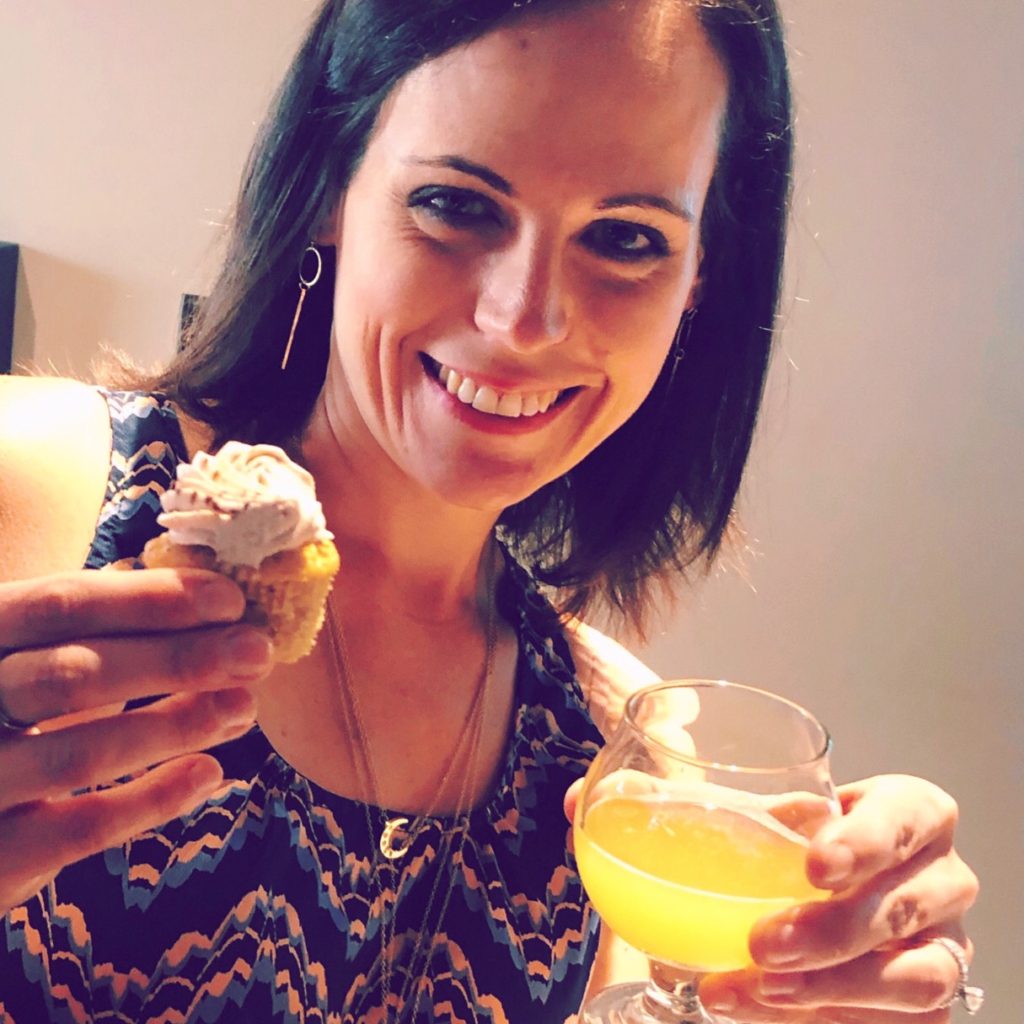
Yes, I’ve worked hard to transform my body — but I continue to work hard to maintain it. And when I don’t (uh, like every summer…), my body changes and then I have to reset and get back on track just like anyone else. But I’ve learned that you always can. You can always start over and make a better choice.
I still hate my body way more often than I love it.
It seems like a dirty secret to admit it. After all I’ve done to transform my body, how can I still feel self-loathing more frequently than I do self-confidence, acceptance and love?
I don’t know who to blame — should I rage at society for setting unrealistic standards of beauty and making women feel like they are never enough? Or should I turn it inward and question what’s wrong with me that I’ll never be enough for myself?
Either way, I still look in the mirror and see the imperfections instead of the accomplishments. My eyes zero in on the trouble spots. No matter what I do, all. I see. Is THIGH.

Body dysmorphia is real. When I look in the mirror, the old me from my driver’s license still stares back at me. I’ve cut my dress size in half and went from barely running a 13-minute mile to running 13.1 — and I still feel self-conscious in shorts. I’ve made peace with the realization that I’ll never wear a two-piece swimsuit, not because I don’t have the body for it but because I don’t have the confidence for it.
I’m terrified of going back to how I was.
And that’s the other dirty secret. I don’t ever want to go back to the old me — fat. I’ve made every effort not to be ruled by fear but the voice in my head can be hard to silence. So sometimes I overcompensate. I work out too hard or too frequently, going days without a rest, because my eating was less than clean. I run miles and miles in a combination of mental detox and a touch of self-punishment. And I set continually shifting, ever-loftier goals: Hold a 7-minute plank! Run a mile in under 8 minutes! Finish a marathon! Anything to prove to myself, OK, you’re really not ever going back to how you used to look.

… and here’s how I move forward:
Body transformation isn’t enough — you have to transform your head space too.
As if building muscle and losing fat and overhauling my diet wasn’t enough — I’ve had to overhaul my thought patterns too. That’s the only way you’ll shed the emotional weight that will otherwise hold you back on any fitness goal.

What is the “perfection” we’re pushing toward anyway? It doesn’t exist. There’s no such thing as the perfect body. Read this. Say this out loud. Believe this.
Once you start to realize this, you don’t need to compare your body to other women’s. You don’t need to covet their waist or thigh gap. Bodies aren’t something to evaluate on a scale of 1 to 10 or use as a value judgment. They are a tool to take us where we want to go. Decide where that is and figure out how you’re going to get there instead of agonizing about how you look doing it. Embrace the freedom that comes with imperfection, and let go of everything else.

The fitness journey is #neverdone.
Over the past two years, I have had many different bodies. Thinner. Heavier. Stronger. Weaker. Tighter core. Thicker thighs. Badassier arms. Saggier ass. I sometimes get caught up in the demons of what was and what could be.
Here’s what I know for sure: The way forward is to keep going. You can’t hit your goal weight and then quit and expect nothing to change. You hit your goals and then you set new ones. You keep doing the things that work and you toss what doesn’t. You experiment and observe for change. But you don’t let yourself get too comfortable and you never stop.
I’d love to end this confession on the most upbeat note, telling you’ve I’ve done soul-searching and found complete peace with myself and it’s all kumbaya and namaste these days.
Not quite. I have done a lot of soul-searching, and some therapy, and I continue to do both. I care less about what the scale says and more about how I feel in my own skin, but I’m still a work in progress. Every day is a chance to keep working on myself — a chance that I don’t take for granted but treat with reverence.
Not everyone gets that chance. Not everyone recognizes the opportunity. I may struggle with what I see in the mirror some days, but I still take a moment every single day to be grateful for this body, my health, my strength, and the support around me that sustains this journey.
In the hardest moments, this is my mantra that keeps me going: I don’t work out, or eat clean, or run miles because I HAVE to. I do all these things because I CAN.
And I will keep going. You can too.

Want to know more about my fitness journey and how I’ve done it? Read my FIT4MOM Body Back blog series for the ups and downs. Interested in FIT4MOM fitness? Try a class – your first one is always free.

